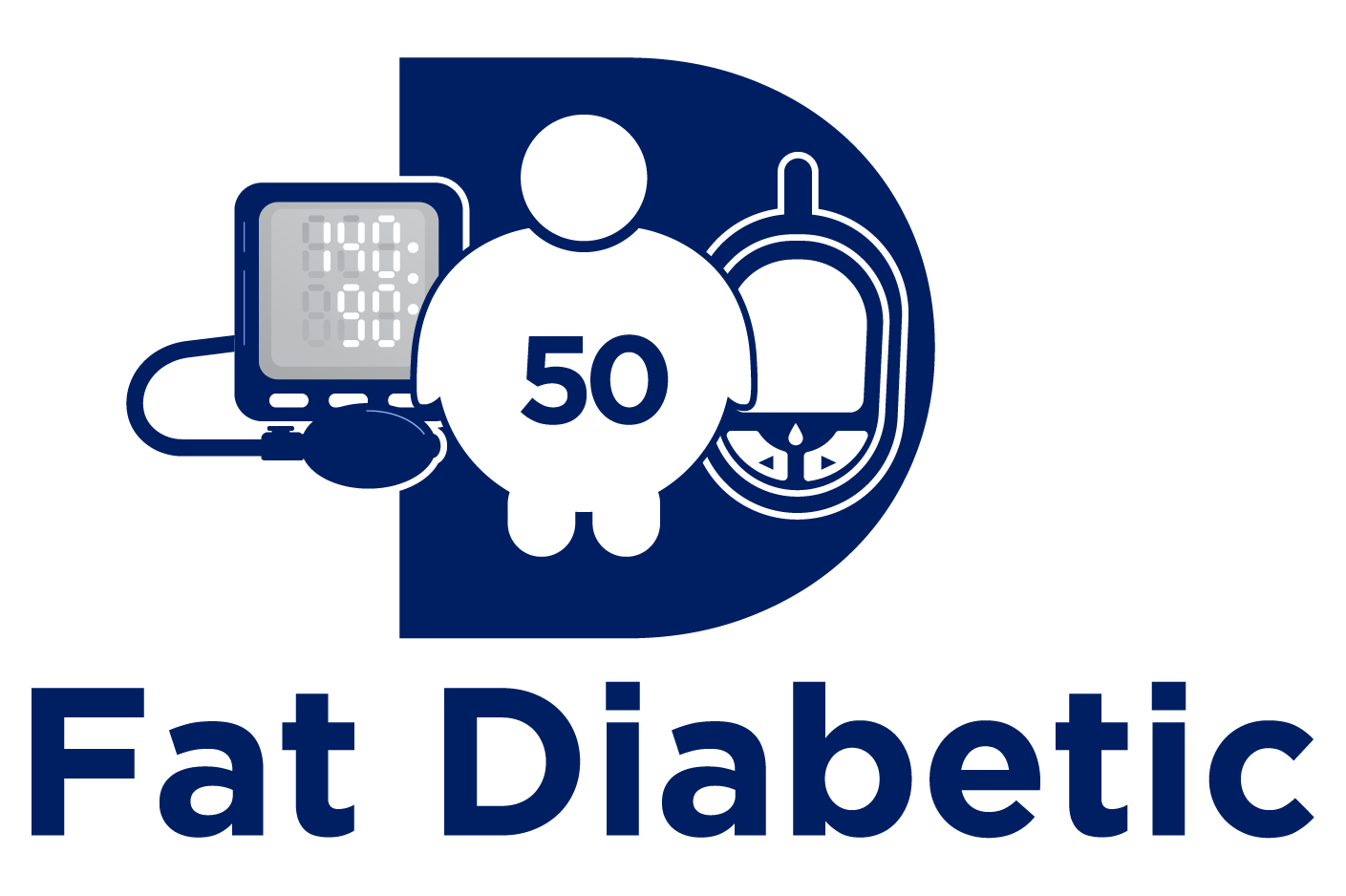Type 2 diabetes is a self-management-life long-progressive condition that affects more than 38 million Americans. Sadly 20% of this population are unaware of their potential fate!
The word “diabetes” traces its origin back to the ancient Greek term diabetes, meaning “siphon” or “to pass through,” which referred to the frequent urination characteristics of the condition. The full Greek phrase “diabetes mellitus” was later adopted by the Romans with “mellitus” meaning “honey-sweet” describing the “sweet taste” of the urine, a symptom of the condition. Over time as medical understanding evolved, the term “diabetes” became commonly associated with a disorder of blood sugar regulation. In the 19th and 20th centuries, the term “sugar diabetes” emerged in popular usage, emphasizing the relationship between the condition and abnormal blood sugar levels, particularly in relationship to insulin dysfunction. The lay term no longer in scientific use, reflected the growing understanding of the metabolic aspects of diabetes, which would later be formally classified as type 2 diabetes.
It is no surprise that physicians and patients have been indoctrinated that Type 2 Diabetes was about glucose and the condition was controlled if an A1C test was less than 7.0%. The treatment for 2 decades or more then focused on diet, exercise, and metformin as the backbone strategy for glucose control. This protocol lowered glucose levels, was weight neutral, and did not cause hypoglycemia while being cost-effective. Unfortunately, the data during this phase of primary treatment (20 years) was ineffective at decreasing the mortality rate and many of the cardiovascular-renal complications of this condition.
Today, Type 2 Diabetes is no longer considered solely a glucose-centric condition, but rather a group of chronic cardiometabolic diseases that are linked to premature atherosclerotic l complications and early death. Previously the level of glycemic control drove management decisions regarding treatment intensification. Healthcare providers now have newer agents that are not only more effectively in lower glucose levels but also reduce the long-term risk of cardio-renal complications and death.

